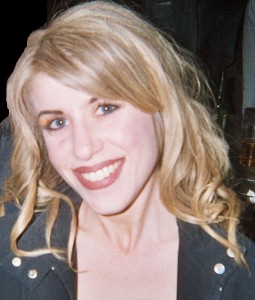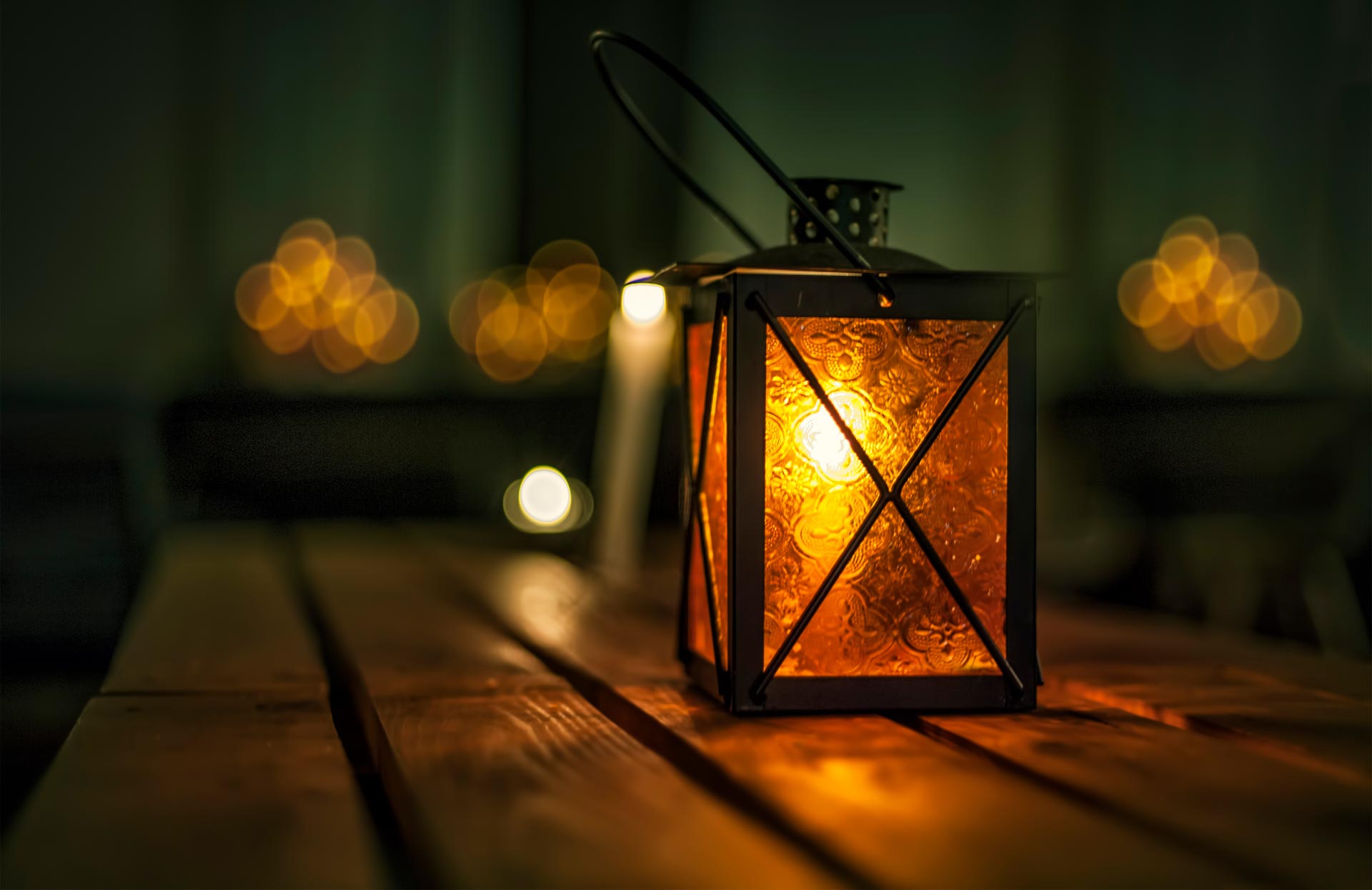Living with voices in your head
The important question in psychiatry isn’t “what’s wrong with you?” but “what happened to you?”
 Eleanor Longden, a voice-hearer and activist from England, presents at the TED Talks in Long Beach, California on voice-hearing as “a sane reaction to insane circumstances.”
Eleanor Longden, a voice-hearer and activist from England, presents at the TED Talks in Long Beach, California on voice-hearing as “a sane reaction to insane circumstances.”
The presentation took place on Thursday, February 28, 2013.
http://blog.ted.com/2013/02/28/living-with-voices-in-your-head-eleanor-longden-at-ted2013/
This is the culmination of a voyage that has taken UK psychologist Eleanor Longden, who having survived a diagnosis of paranoid schizophrenia went on to be an award winning leading psychologist and researcher on voice hearing, trauma, and dissociation.
The TED report of the speech describes the content of her speech:
“Eleanor Longden did well at school, and gleefully entered student life at university in England. By all appearances, she was a happy, typical student, but it wasn’t true. Underneath it all, Longden was “fundamentally frightened,” and while she did a good job of concealing her fear, she was about to come undone. She started to hear the voice in the second term of that first year, a narrator in her head calmly describing everything she did in the third person. The voice was neutral, impassive, even reassuring, though it would sound frustrated were Longden to hide her anger. “It was clear that it had something to communicate to me about my emotions, particularly emotions that were remote and inaccessible,” she says.
Longden’s first fatal mistake was to tell a friend about the voice. That didn’t go so well–the implication was that normal people don’t hear voices–and she was persuaded to go to a doctor, her next mistake. ”She is digging her own grave,” the voice said at the appointment. Doctors don’t like voices in heads, and things began to unravel. Hospital admissions followed, then a diagnosis of schizophrenia, and then a “psychic civil war.” The voices increased and grew menacing, and Longden retreated into a nightmarish world. It’s hard to listen. “A vicious cycle of fear, avoidance, mistrust, misunderstanding had been established.”
Two years later, her deterioration had been dramatic. The voices had turned terrifying, and her mental health status was a catalyst for verbal, even sexual assault. A doctor told her, “Eleanor, you’d be better off with cancer; it’s easier to cure than schizophrenia.” She even attempted to drill a hole in her head to get rid of the voices.
Yet Longden is a survivor: “Many people have harmed me, and I remember them all, but the memories grow pale in comparison to the people who helped me.” With a group of supporters around her, she began a long journey back to health. She first had to understand that the voices were a reaction to traumatic childhood events. “Each voice was closely related to aspects of myself, sexual trauma, anger, shame, guilt, low self-worth,” she says. Crucially, “the most hostile and aggressive voices represented the parts that had been hurt most profoundly. These had to be shown the most compassion and care.”
Eventually, she came off medication, and returned to psychiatry … as a professional. To this day, she argues the relevance of a particular approach. The important question in psychiatry isn’t “what’s wrong with you?” but “what happened to you?” Now Longden lives with her voices with peace, respect, compassion and acceptance. She is a part of INTERVOICE, the organisational body for the hearing voices (1/2) movement. The group has networks in 27 countries on five continents, and it promotes a sense of dignity, solidarity and empowerment for individuals in mental distress. “We don’t have to live our lives forever defined by the damaging things that have happened to us,” she concludes. “My psychiatrist said: ‘Don’t tell me what other people have told you about yourself. Tell me about you.’”
She is a pioneer in the movement to understand voices as a normal human experience — and truly help people by healing trauma. Eleanor is not alone, and hers is not the only remarkable story of recovery. Many people are reclaiming their lives through the work of the hearing voices movement as its work becomes better known across the world.
END
Note to Editors
- Eleanor is of the many people who were once overwhelmed by their voices hearing experience who have now recovered their lives. Other inspiring pioneers include internationally renowned voice hearer, trainer and consultant, Ron Coleman from Scotland; radical psychologist Rufus May, from England best known for using his own experiences of being a psychiatric patient to promote alternative recovery; Peter Bullimore founder of the UK based National Paranoia Network and voice hearer: Rachel Waddingham an innovative development worker from London; community organiser Indigo Daya from Australia and Olga Runciman chair of the hearing voices movement in Denmark.
- INTERVOICE aims to show that hearing voices are part of the diversity of human experience, increase awareness of the fact that you can hear voices and be healthy. It challenges the negative attitudes towards people who hear voices and the incorrect assumption that hearing voices, in itself, is a sign of illness.
- In 1987, Dutch voice hearer Patsy Hage challenged Marius Romme, her psychiatrist, with her criticisms of his clinical approach to her voices. She pointed out that rather than using voices only in order to make an illness diagnosis it would be more useful if he helped her learn to cope with the experience. He listened, acted and the rest is history.
- There are now 27 countries with networks and initiatives working to promote recovery, acceptance and education, providing opportunities for people who hear voices to meet and talk, sharing view points and strategies to support each other.
- Psychiatrist, Prof. Marius Romme, the President of INTERVOICE recalls: “In 1987, I had no idea the impact that the discovery that accepting and making sense of voices was a helpful alternative was going to have. Yet, after twenty years of work we have built a unique and formidable movement of voice hearers and allies that has brought about a big change in the way hearing voices are regarded and has found new ways of helping people overwhelmed by their voices.”
- Many people in our society hear voices. Demographic research shows that between 4% and 8% of people in the general population hear voices, whilst only a small percentage have any contact with psychiatric services. So surprisingly perhaps, most people who hear voices are healthy. Further there are many celebrated people who claim or claimed to hear voices amongst them are Sir Winston Churchill, Mahatma Gandhi, Sir Anthony Hopkins, Brian Wilson, John Nash and many others.
For further information contact Paul Baker: Telephone 07957 353488, email:[email protected]
Download: Press Release (Please share and distribute widely)












